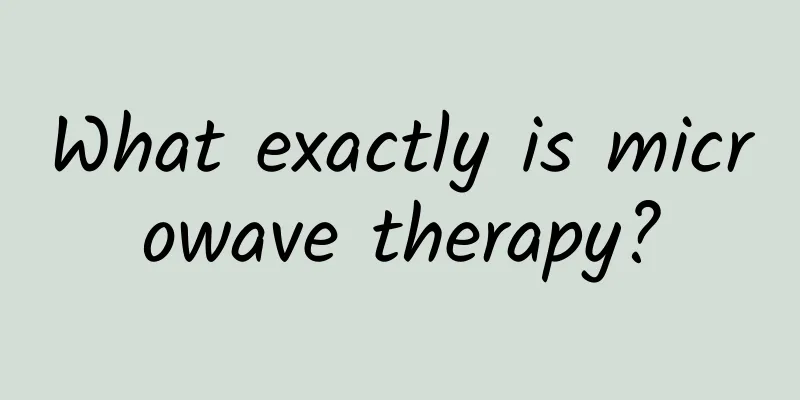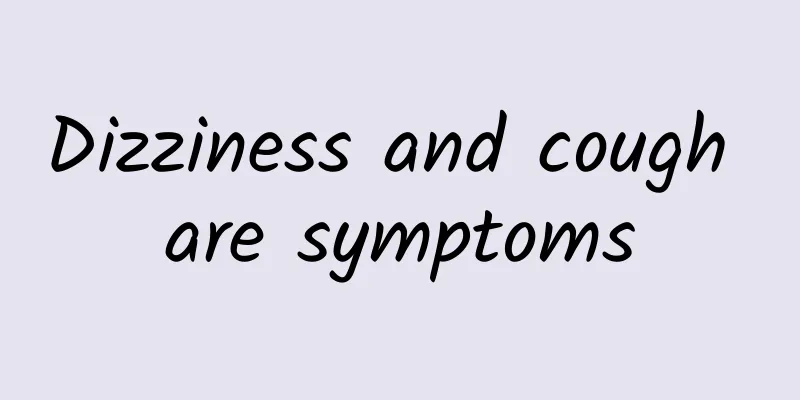What exactly is microwave therapy?

|
Micro-wave therapy is a new type of high-frequency electrotherapy, which usually uses ultra-high frequency electromagnetic waves to treat human diseases. It is very useful for cardiovascular, cerebrovascular, gynecological and other diseases, and large doses of microwaves will have an anticoagulant effect, increasing the fragility of red blood cells, but what exactly does microwave therapy mean? 1. Principle The principle of microwave treatment of diseases is relatively complex. From the current research results at home and abroad, it can be seen that microwave treatment of diseases is mainly achieved through thermal effects and biological effects. Due to the magnetic resistance between polar molecules, the oscillation is damped, thereby consuming microwave energy and generating heat. This heat is used to achieve the purpose of curing the disease. This is the thermal effect of microwave therapy. Research and experiments have shown that the therapeutic effect of using microwaves to irradiate the diseased area far exceeds that of other hot compress methods. 2. Function The microwave multifunctional therapeutic device utilizes the thermal effect of microwave biological tissue to stop bleeding, coagulate, cauterize or reduce inflammation, reduce swelling, relieve pain, improve local tissue blood circulation, etc. on the diseased tissue, thereby achieving the effect of treating the disease. 3. Features 1 The first choice for comprehensive surgical treatment equipment in outpatient wards 2. Various special internal radiators and surgical instruments are complete and non-adhesive 3 New technologies to replace electrocautery, cryosurgery, and laser surgery 4. Easy operation, no tissue carbonization, rapid hemostasis, no spattering, good wound repair 5. Reasonable price, high return rate, suitable for use in hospitals and clinics at all levels IV. Scope of application Microwave multifunctional treatment is suitable for departments such as gynecology, urology, anorectal, otolaryngology, surgery, dermatology, etc. to treat various diseases. 1 Urology: bladder tumors, prostatic hypertrophy, prostatitis 2 Cavity: cheilitis, glossitis, polyps, periodontal disease, ulcers, periapical periodontitis, tumors 3. Gastroenterology: gastrointestinal bleeding, polyp cauterization, ulcer coagulation, esophageal stricture and dilatation, gastric cancer and esophageal cancer clearance 4 Rehabilitation therapy: lumbar muscle strain, cervical spondylosis, sprain, periarthritis of shoulder, arthritis, accelerated wound healing 5 Gynecology: cervical erosion, polyps, uterine fibroids, mastitis, vaginitis, pelvic inflammatory disease, Bartholin gland cysts, genital warts 6 Dermatology: genital warts, underarm odor, hemangioma, herpes zoster, eczema 7 Anorectal: internal hemorrhoids, external hemorrhoids, mixed hemorrhoids, rectal polyps, anal eczema 8 Otolaryngology: epistaxis, chronic rhinitis, inferior turbinate hypertrophy, nasal polyps, posterior pharyngeal wall lymphoid follicles, nasopharyngitis, tonsillitis, vocal cord nodules |
<<: What is quadruple therapy?
>>: What is gastric triple therapy?
Recommend
How to increase menstrual flow
For some women, the amount of menstrual flow is r...
What effect does a waist belt have on the lumbar disc?
For patients with lumbar diseases, they can use a...
What causes lung heat?
Lung heat may be caused by long-term improper die...
Massage techniques for children with swollen abdomen
Babies are the apple of their parents' eyes. ...
Will body odor get worse after moxibustion?
Body odor is a disease in which the body emits an...
What is spleen and stomach deficiency and coldness?
The five internal organs of the human body should...
What is Qi and blood blockage?
Qi and blood blockage means that Qi and blood are...
Hemiplegia rehabilitation method, must read
For patients with hemiplegia, if we can persist i...
Is diarrhea a detoxification?
Diarrhea is a relatively common gastrointestinal ...
How to save yourself from drinking alcohol?
In real life, cephalosporin is a relatively commo...
What to eat to improve memory? It turns out that these foods are
Memory loss is a condition that many people will ...
What are the symptoms of a cold?
Cold is a very common disease, and many people do...
The harm of abdominal massage
Abdominal massage refers to a method of achieving...
How to stay in shape during pregnancy
A beautiful figure is what every young woman desi...
Using air conditioners like this in summer can cause the whole family to get sick
In the summer, people want to cool down after swe...









